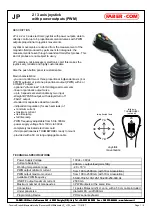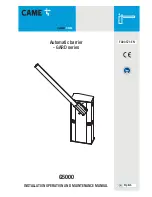
TC1796
System Units (Vol. 1 of 2)
System Control Unit
User’s Manual
5-41
V2.0, 2007-07
SCU, V2.0
5.6
Pad Driver Temperature Compensation Control
In the TC1796, two groups of pads can be controlled separately by a temperature
compensation control logic:
•
Class B1/B2 pads of the EBU interface when used as outputs
•
Class A2 pads in strong-driver mode (see
)
5.6.1
Functional Description
The temperature compensation for the pad output drivers makes it possible to get stable
driver output characteristics within dedicated portions of the specified temperature
range. As shown in
, the temperature compensation requires a 100 kHz
reference input clock signal that is derived from the bus clock
f
SYS
by a programmable
divider (TCDIV). This reference input clock
f
REF
is fed into a 12-bit free-running counter
(SCOUNT). After each overflow of SCOUNT, the pad oscillator circuit (
f
POSC
), which is
located in the pad area, and an 8-bit counter (THCOUNT) are enabled for one clock
period of the reference clock. The oscillator circuit is temperature-sensitive and typically
has a much higher frequency (8 - 16 MHz) than
f
REF
. The 8-bit counter counts the
f
POSC
pulses and its count value THCOUNT when stopped again is compared against three
threshold values stored in THMAX, THMED, and THMIN. These thresholds must be set
accordingly to the application needs for proper operation of the temperature
compensation.
The temperature compensation can be controlled for two separate groups: All outputs at
GPIO ports (Port 0 to 10), and all EBU output lines.
The clock divider TCDIV is programmed via bit field SCU_TCCON.TCDIV. TCDIV can
be calculated using the following formula:
(5.1)
The resulting divide factor is TCDIV + 1 and leads to an update of the temperature
compensation approximately every 41 ms.
Example: for
f
SYS
= 75 MHz, TCDIV = RoundDown (2.5
×
75) - 1 = 186
D
(= BA
H
).
TCDIV = RoundDown (2.5
×
f
SYS
) - 1















































